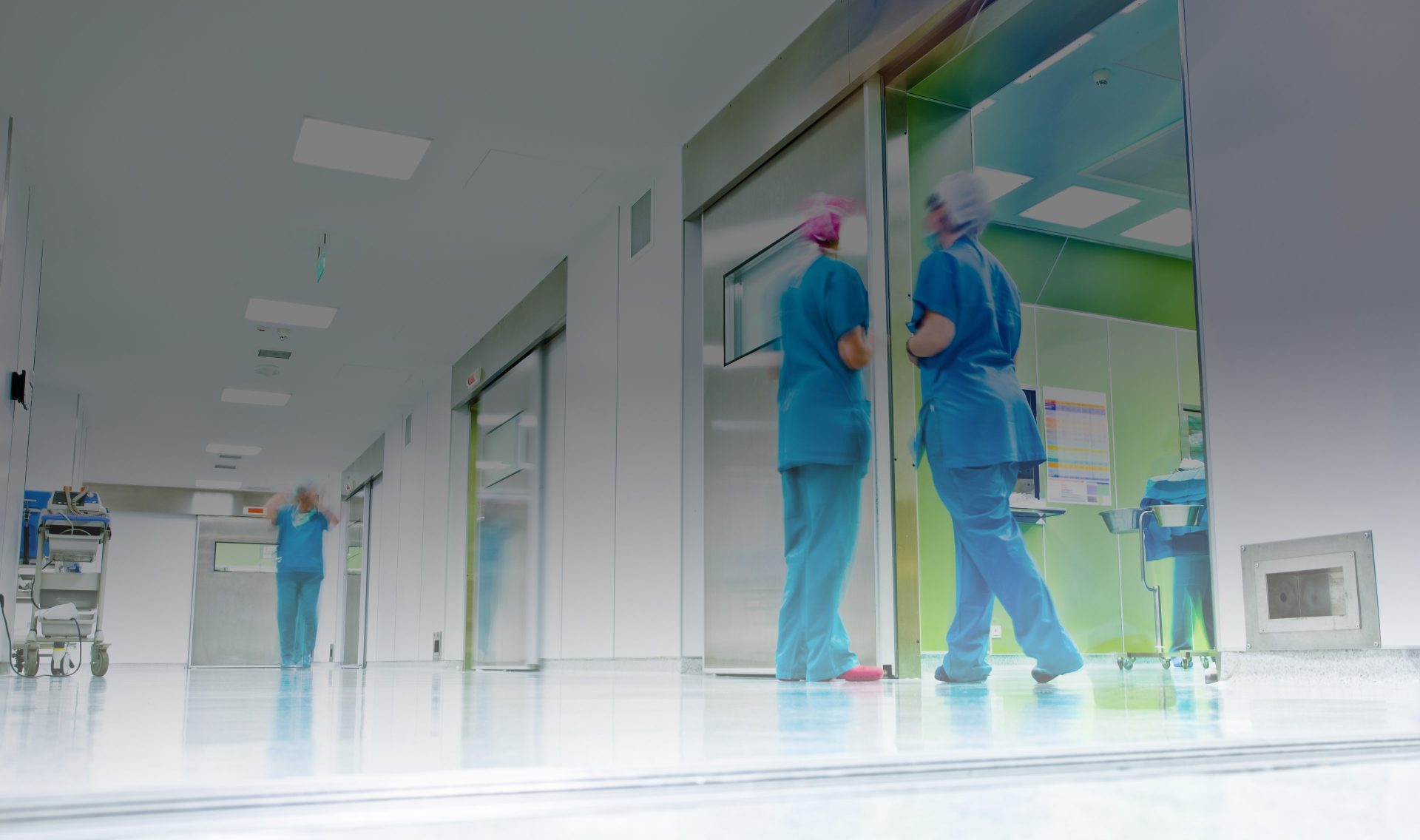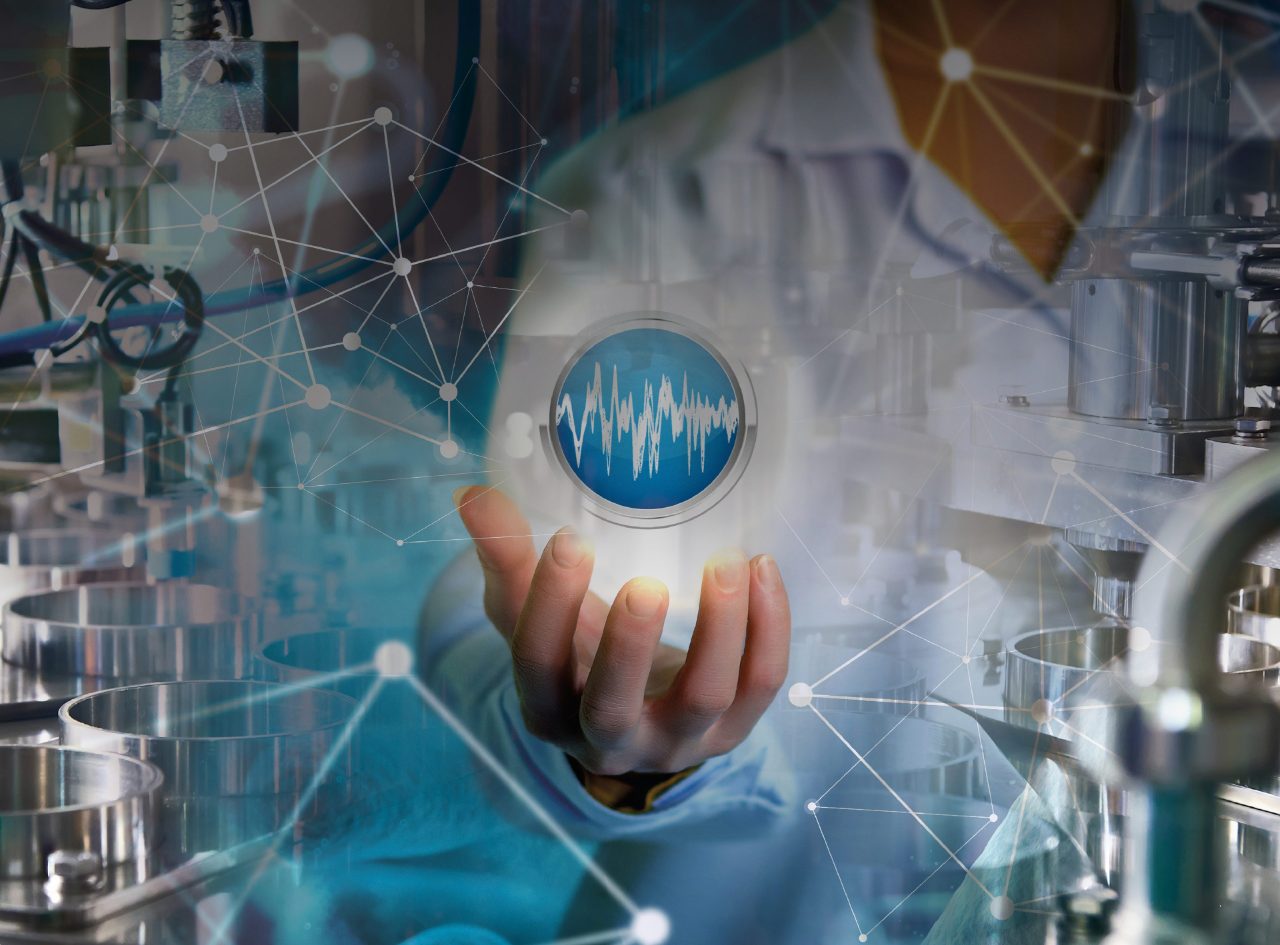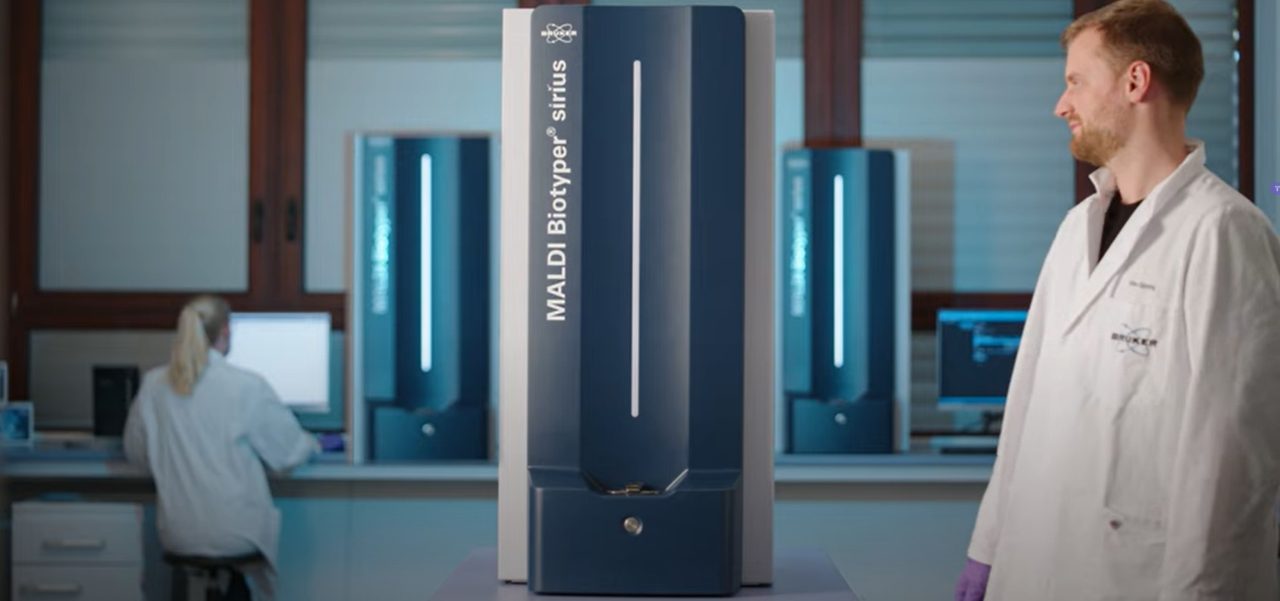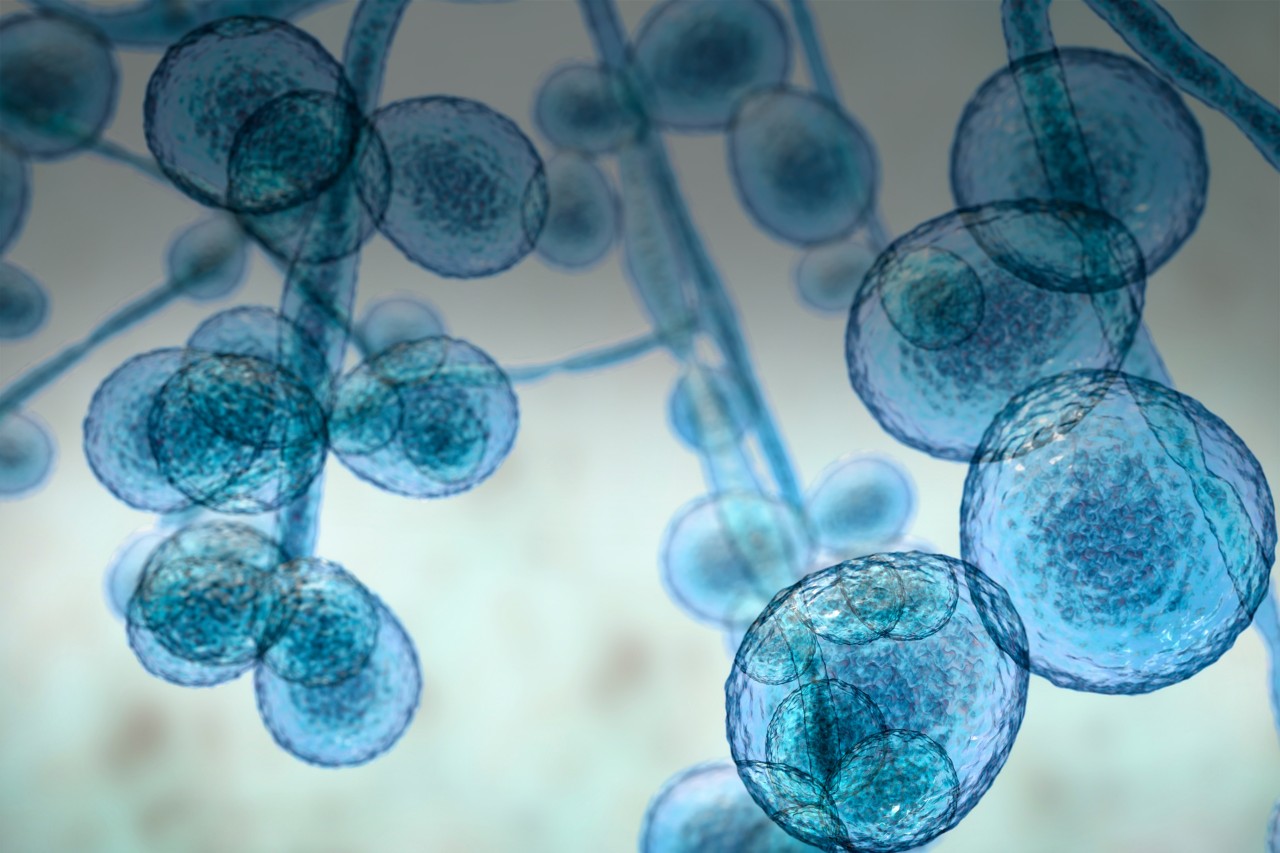

Hospital Hygiene
IR Biotyper® for Hospital Hygiene - What's in it for me?
Implementing the Bruker IR Biotyper® in your hospital hygiene management system will facilitate swift identification of microbial outbreaks, allowing for fast preventive or corrective action. The IR Biotyper® can significantly reduce time-to-result delays, which are common with other technologies or when outsourcing, and hence improve overall infection prevention and control.
IR Tracker™ - A game changer for hospital hygiene
The IR Biotyper® uses Fourier Transform Infrared (FT-IR) spectroscopy to analyze the relatedness of microbial strains with high specificity, comparable to routine molecular genetic methods. It supports proactive infection control by enabling real-time strain typing. This technology is fast, easy-to-use, and economical, making it an ideal solution for microbiologists aiming to enhance infection control measures.
The new IR Tracker™ software feature is an innovative tool that enhances the IR Biotyper®'s capabilities. Based on the k-Nearest Neighbors (kNN) algorithm, it displays results in easy-to-understand color coding: unrelated isolates are shown in cold blue, while matching isolates are colored warm orange. This enables fast and easy detection of suspected outbreak isolates, comparing isolates of the actual analysis run as well as all previous isolates of the respective species in the user’s database.
Made for hospital hygiene
The intuitive IR Tracker™ covers the most important healthcare-relevant species for hospital hygiene, infection prevention and control, including the ESKAPE species Enterobacter cloacae, Staphylococcus aureus, Klebsiella pneumoniae, Acinetobacter baumannii, Pseudomonas aeruginosa, Enterococcus faecium, and many others.
Most current genotyping or sequencing methods require high bioinformatic knowledge and IT resources. The IR Tracker™ changes the game in terms of speed, cost-efficiency, and ease of reporting. The results can quickly be reported to the hospital hygiene team to combat nosocomial transmission. Early countermeasures can help reduce the spread of pathogens and prevent potential outbreaks, thus assisting in reducing hospital expenses, fighting antimicrobial resistance (AMR), improving overall healthcare, and shortening hospital stays.
Technology and workflow
The IR Biotyper® leverages FT-IR spectroscopy to analyze molecular vibrations caused by the absorption of infrared light. Different chemical structures such as carbohydrates, lipids or peptides absorb infrared light at different wavenumber regions, allowing the IR Biotyper® to provide a comprehensive molecular fingerprint of each strain.
The IR Biotyper®'s workflow is designed for rapid processing. After harvesting from a pure culture and preparing a suspension, samples are spotted on a 96-well silicium microtiter plate and dried. The plate is then inserted into the instrument for analysis, which takes less than three hours for up to 30 isolates.
Software Capabilities
The IR Biotyper® software enhances the instrument's capabilities by providing clear and easy-to-interpret results with minimal bioinformatic knowledge required. The software integrates seamlessly with the MALDI Biotyper®, Bruker’s market-leading solution for microbial identification, allowing for efficient data management via sample information import from the MALDI Biotyper® into the IR Biotyper® software and export to a laboratory information system (LIS).
Visualization Capabilities
Besides the insightful and easy-to-interpret IR Tracker™, the IR Biotyper® software also provides robust visualization tools for in depth data analysis. Strain typing results can be displayed in table format using distance matrices, or visualized graphically by dendrograms, or 2D/3D scatter plots making it easier to interpret complex data sets.
Predefined Classification Models
Various machine learning algorithms are leveraged to address specific questions, such as the classification of serogroups/types or known subspecies. This enables users to continuously update their systems with classifiers provided by Bruker or to develop their own to meet their unique needs.
Key Points
- Swift Detection: Enables rapid recognition of microbial outbreaks and unusual patterns in samples.
- Real-Time Monitoring: Allows for real-time monitoring of transmission routes and supports preventive action through routine screening.
- Efficient Workflow: Integrates seamlessly with existing laboratory workflows, providing clear and easy-to-interpret results with minimal bioinformatic knowledge required.
MIDialog: Emerging pathogens in healthcare - Surveillance and response
Not for use in clinical diagnostic procedures.
Please contact your local representative for availability in your country.
Testimonial
More information
-
IR Biotyper® - Microbial typing for real-time epidemiology (Brochure)
(PDF, 3 MB)
-
Analysis of an Outbreak of VIM-Producing Citrobacter freundii by Fourier-Transform Infrared (FT-IR) Spectroscopy using the IR Biotyper® system (Application Note)
(PDF, 2 MB)
-
Outbreak Analysis of Vancomycin-Resistant Enterococci by the IR Biotyper® (Application Note)
(PDF, 1 MB)
-
Expanding the applications of the IR Biotyper in the hospital (Expert Insight)
(PDF, 1 MB)


